Circulation pumps belong to equipment operating in difficult conditions. It is necessary to pump hot heat carrier in continuous mode, therefore, the requirements for these devices are high. We tell about the rules of choice.
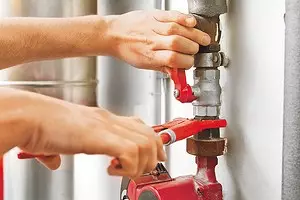
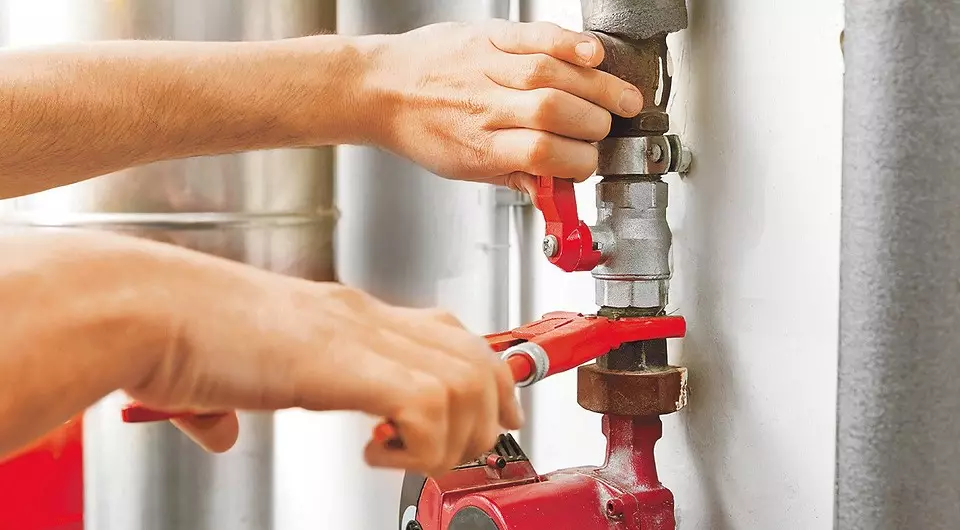
Many circulation pumps acquire a given flow rate of the coolant in the heating system. There are systems and without such devices, circulation occurs in them due to the difference in the densities of the heated and cooled coolant. But the possibilities of the gravitational (self-reading) system are limited. Thus, the use of gravitational feed is almost impossible if the system consists of more than two contours, the total length of pipes exceeds 50 m, the difference in the outgoing and reverse flow temperatures are greater than 15-20 ° C. In fact, this means that the construction of the gravitational system is justified only in small country houses.
Parameters for choosing a nanos
Consumption and pressure
Circulation models are selected by parameters, traditionally important for pumps of all types, consumption (performance measured usually in liters per minute or cubic meters per hour of pumped liquid) and recurrent (measured in meters). And consumption and pressure are determined by hydraulic calculation of the heating system, which specialist should do.A number of models of circulating pumps support several rotational speeds (usually three), and their electronic control systems allow you to change the speed depending on the needs of the heating system.
From other parameters, we note such as geometrical dimensions, method of placement, temperature and type of pumped fluid. All this is also determined when designing the system.
Dimensions
From the geometric dimensions, the cross section of pipes (and, accordingly, the incoming and outgoing pump nozzles) is important) and the distance between the nozzles (assembly length). Depending on these parameters, the pump is selected with a conditional passage passage, usually equal to 15, 20, 25 and 32 mm. Also, as a rule, there is a choice of two sizes with a mounting length of 130 and 180 mm. At the same time, do not forget that the compact pump can always be put instead of a larger mounting model, but with the installation, on the contrary, difficulties may arise.
Vertical or horizontal installation
Many modern pump models have a universal design, they can be installed in any position. But for some models, it is important how the main axis of the pump is located - vertically or horizontally (specify the type you need in advance before buying).
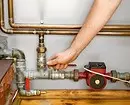
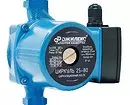
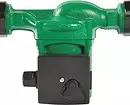
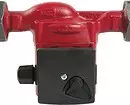
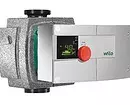
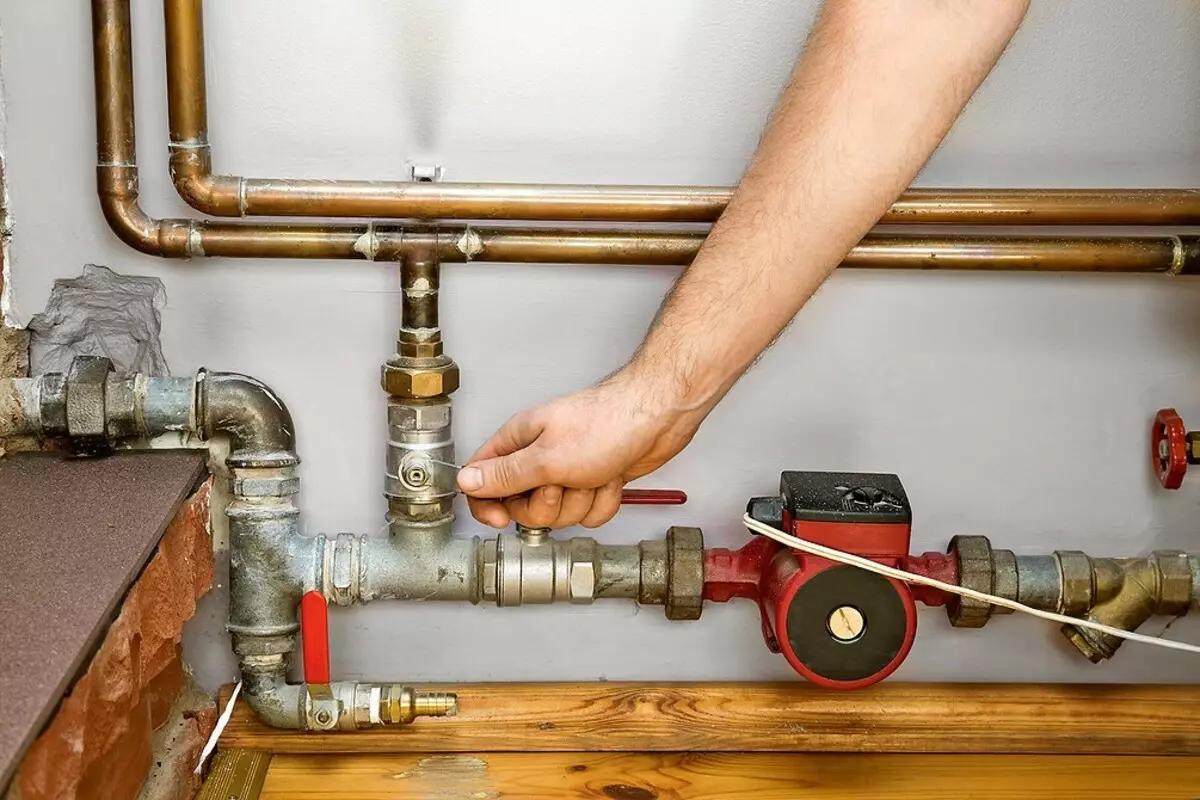
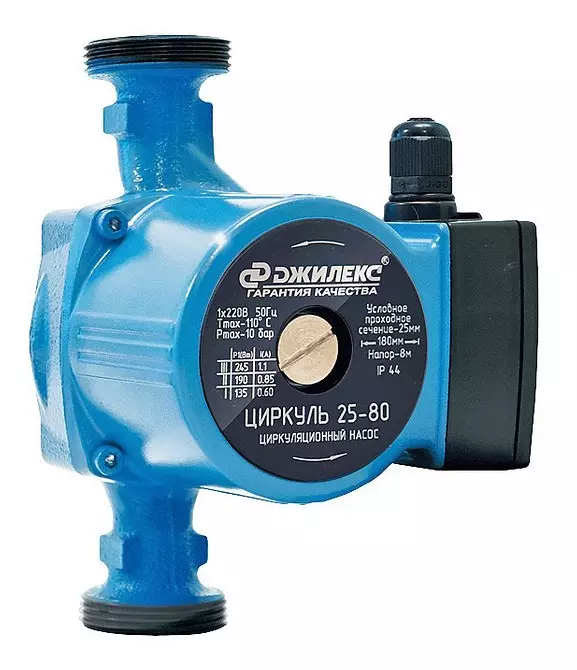
Circulation pump, model "Circular 25-40" ("Djilex").
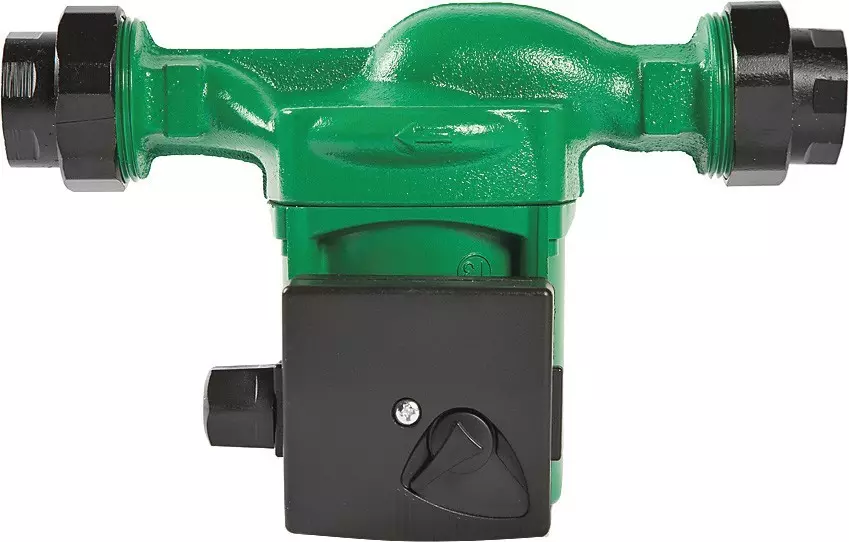
Circulation pump, model OASIS 25/8 180 mm (2 911 rub.).
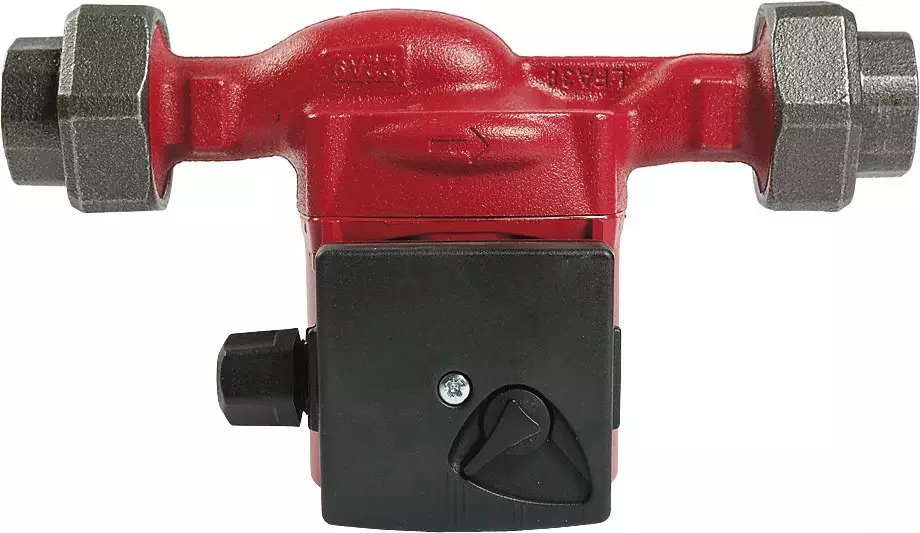
Circulation pump, model Grundfos UPS 25/40 180 mm (5 044 rub.).
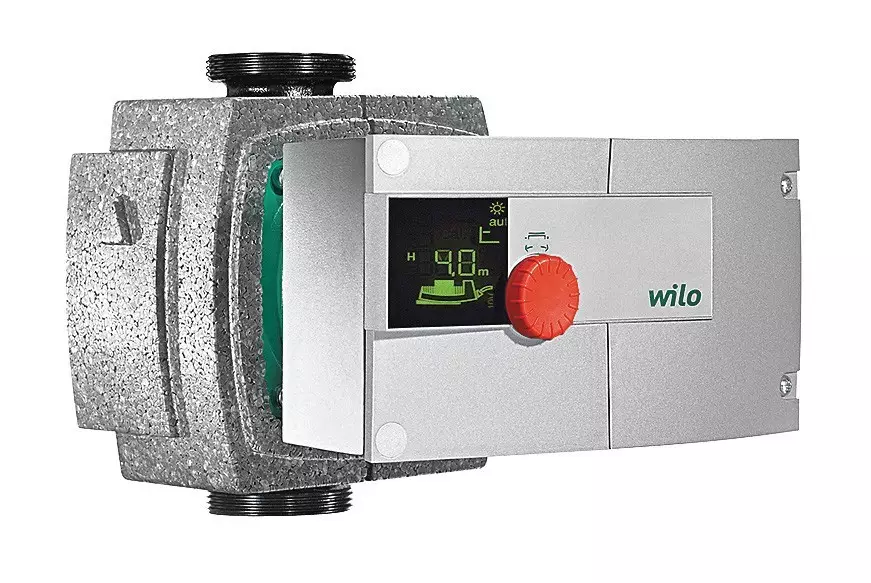
Circulation pump, Wilo-Stratos Pico-Smarthome series.
Temperature coolant
Approximately half of the models are calculated on the pumping of pure water, usually with a temperature not lower than 2 ° C. If you plan to use a coolant based on ethylene or propylene glycol, choose a model designed for the corresponding liquids in which the minimum temperature may be -10-15 ° C (it is indicated in the description of the equipment).Almost all models of circulation pumps are capable of pumping a very hot (up to 110 ° C) liquid, but problems can arise with cold water: most of the models are not designed for the fluid temperature below zero.
In addition, other requirements are also presented to the circulating pump. It is also desirable that it is economical and low noise. Economical - because even a small difference in the level of energy consumption (50-70 W) due to the duration of the heating season gives an average of up to 15-20 thousand rubles. per season. And the low noise is needed when the pump equipment is placed nearby from residential premises.
At the cost of circulation pumps can be divided into two groups. The first is the production of market leaders with many years of reputation, such as Grundfos, Wilo or DAB. The second group is Russian or Belarusian equipment, such as "djilex" or "caliber", or products of Chinese brands, such as Oasis. The choice between the two groups depends on the needs of the buyer. Production of leaders is preferable if necessary, create a reliable and durable system that will work for a long time. The pumps of the second group are suitable for building a basic economy solution.
How to increase system reliability
As a rule, it does not require high performance from the circulation pump, like drainage pumps, nor the need to raise fluid to a large height, as, say, in well equipment. But they should work for a long time - during the entire heating season, and, of course, heating in no case should fail during this period. Therefore, it is not necessary to save it and to ensure one hundred percent reliability, it is better to install a pair of pumps - the main and optional - on the bypass branch of the pipeline, according to which the coolant is pumped.
If the main pump suddenly deteriorates, the homeowner can very quickly switch the flow of the coolant to the bypass branch, and the heating process will not be interrupted. It is curious that with the current level of automation, this switching can be done and remotely, for which pumps and ball valves must be connected to the Internet. The cost of such automation (the price of a set of ball valves and outlets with remote control) is approximately 5-6 thousand rubles.
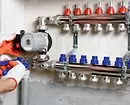
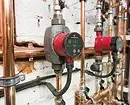
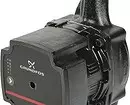
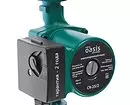
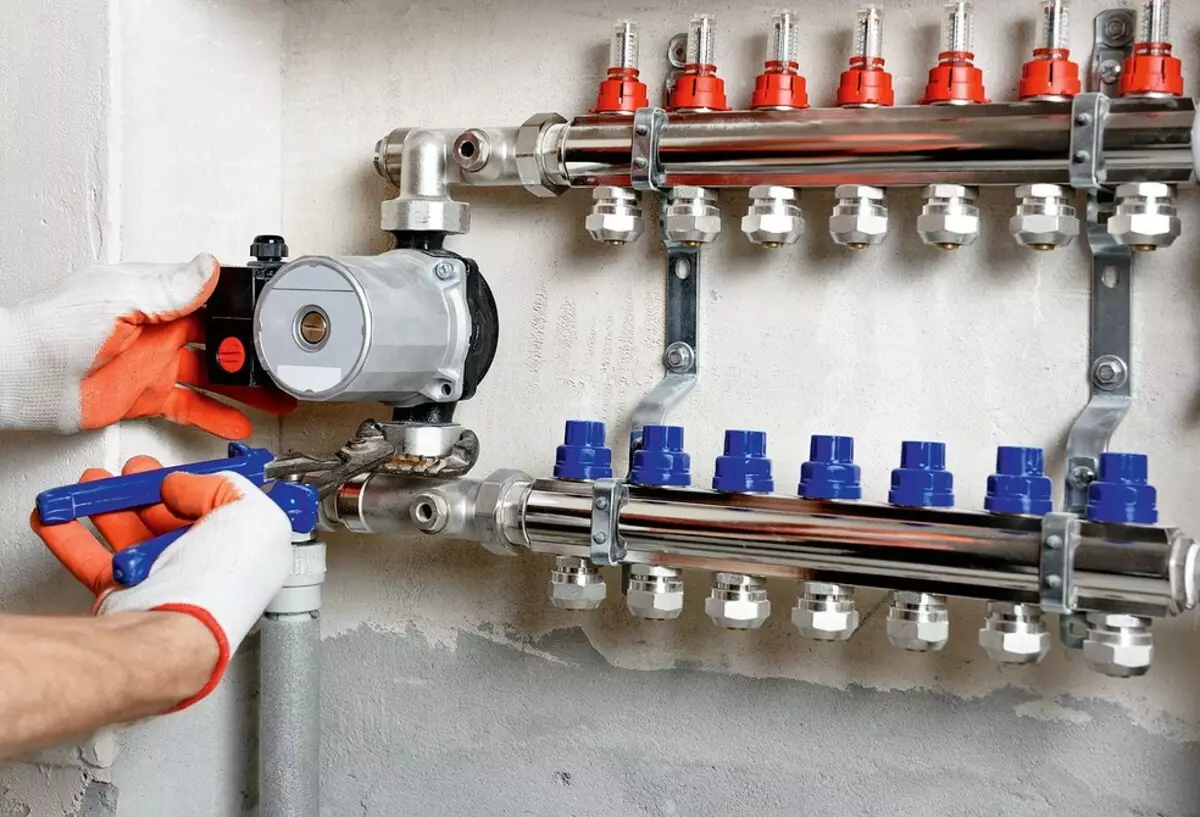
Installing the pump in the DHW system with a warm floor.
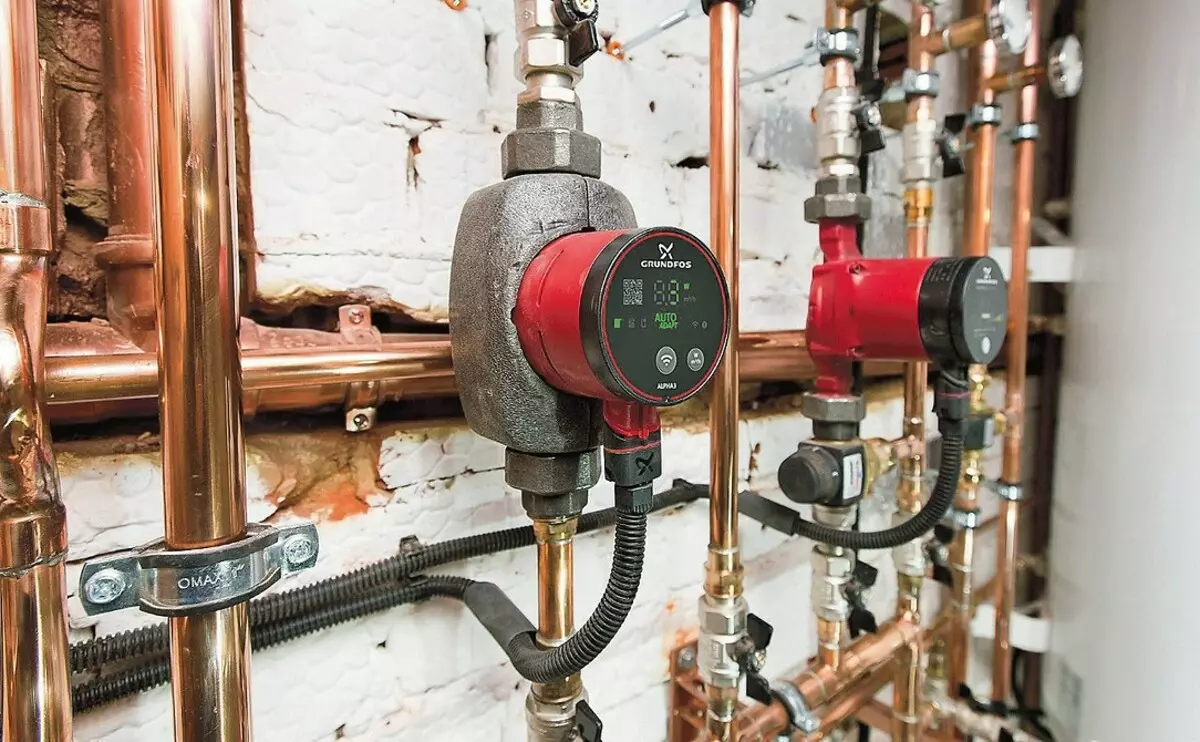
Circulation pumps. Model Alpha3 with data transfer function and support for mobile applications.
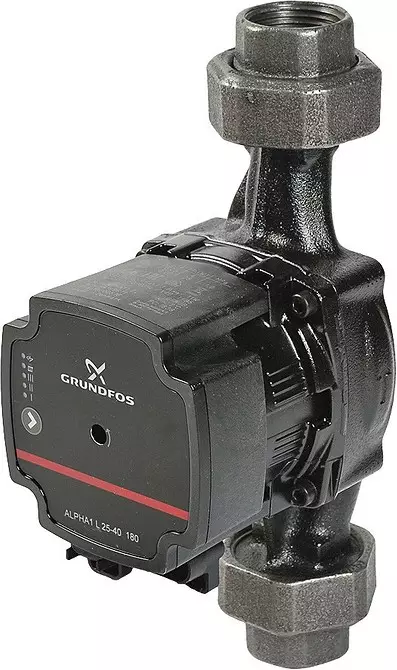
Alpha1 L pumps are used to circulate water or glycol-containing liquids in adjustable heating systems and in variable flow heating systems. Also pumps can be used in DHW systems.
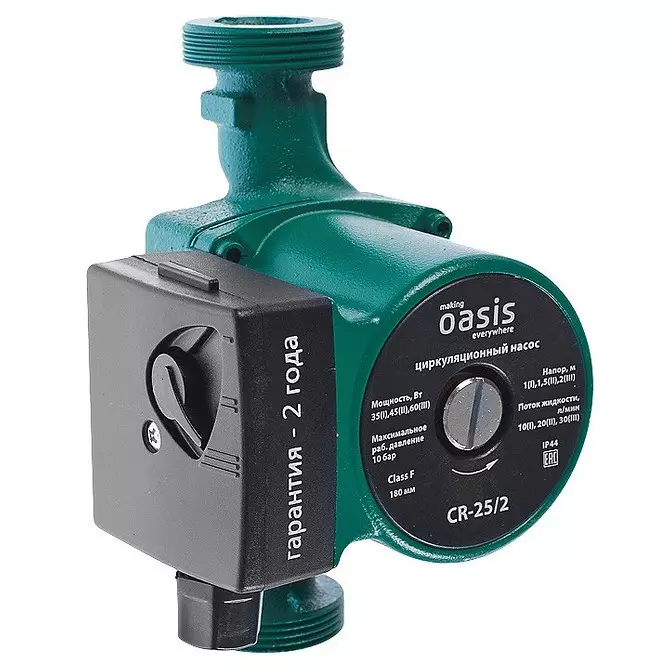
OASIS circulation pumps, three power switching modes, cast iron housing, model 25/2 180 mm (2 270 rubles).

Olga Abramova, Head of Engineering Systems Leroy Merlin:
The main consumer criterion of the circulation pump - durability. It is already as defined by the operating conditions of the pump. The pressure and supply in heating systems rarely exceed 8 m and 4 m3 / h. This mode can be called gentle, and 10 years of service will not be a deadline for equipment. It is far to pay attention to the material from which the housing is made. Cast iron pumps are distinguished by high wear resistance and the minimum noise level when working. Such models, as a rule, are more expensive than steel. A pump with stainless steel housing also boasts a large resource, but it is more noisy than the instruments, where the housing is made of cast iron or polymer. The latter are less, low noise, but differ in the lowest wear resistance. Circulation pumps are two types - with a wet and dry rotor. Pumps with a wet rotor (the overwhelming number of household models) is ideal for low and medium power heating systems. They are easy to maintain, they are almost no noisy, but possess low efficiency (50%). The pumps with a dry rotor are distinguished by a high level of noise when working (70 dB and more). They are complex in service, but possess high efficiency (80%).
